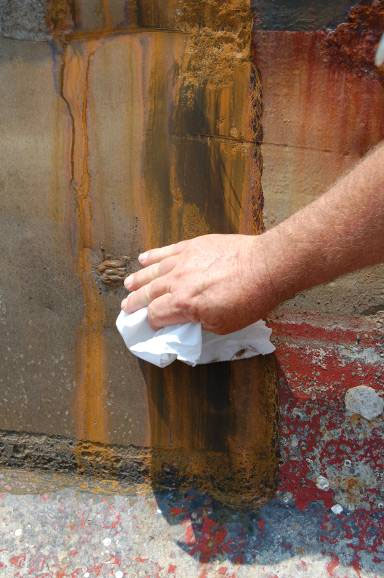From the comments we received, MegaRust 2010 was another success. San Diego is, of course, a wonderful setting. The fact that they were running their big marathon during the opening day was interesting for some and a bother for others. No one complains about the food, though–especially the food in Old Town, and particularly that wonderful neighborhood Greek Restaurant that seems to remain a national secret.
The Water Jetting workshop was held again this year. The attendance was disappointing, but in part this was due to the way in which the workshop was advertised. We promise to do better in getting the word out next time. The papers given in the sessions were considered quite useful, and some lively discussions ensued over some long standing disagreements on what surfaces should look like and how they should be cleaned. We’ve been hearing the same arguments for twenty-five years. Some one should invent a new line of thinking.
I hope to have a more complete run down on the meeting later in the month.












June 20, 2010
Comments Off on MegaRust 2010 has Come and Gone